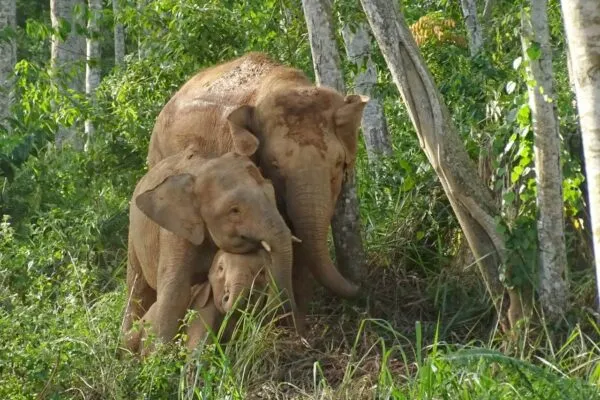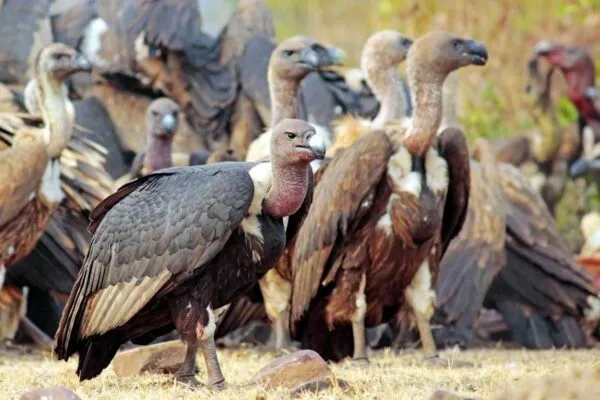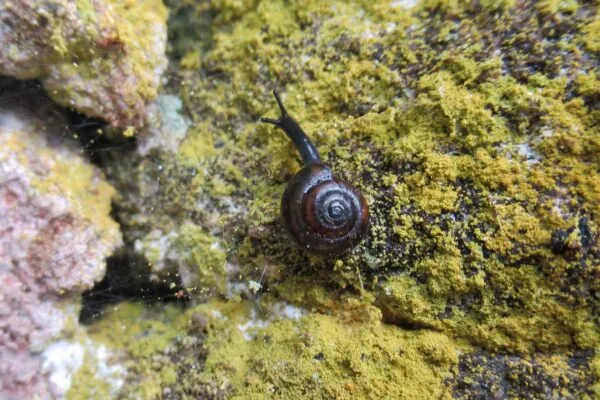Assam Recorded Zero Rhino Poaching in 2022 for First Time in 45 Years
No rhinos were poached at Kaziranga, Manas, Orang national parks, and Pobitora Wildlife Sanctuary last year
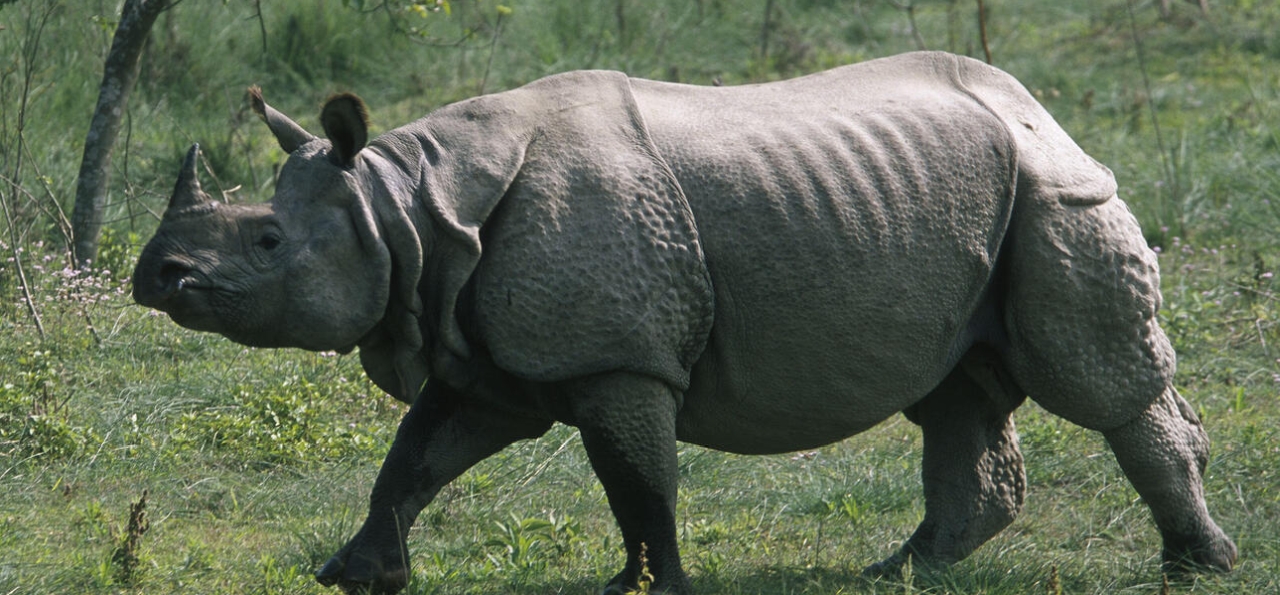
Image: Jeff Foott/WWF
The Indian rhinoceros is a vulnerable species on the IUCN Red List. The animal has been pushed to the edge of disappearance owing to a combination of natural disasters, habitat loss, climate change, and poaching. Poaching kills dozens of these endangered animals annually in India, which has the largest number of greater one-horned rhinos (over 3,700 individuals as per the 2021 census) with over 90 percent population residing in Assam’s Kaziranga National Park.
However, in the last year, Assam has recorded zero poaching of the endangered rhino, which hasn’t happened in the last 45 years. Chief minister Himanta Biswa Sarma said that it is a landmark achievement as no rhinoceros were killed by poaching at Kaziranga, Manas, Orang national parks, and Pobitora Wildlife Sanctuary last year.
The animal is frequently poached for their horns which are sold for a high price in the black market due to their supposed medicinal value. Reportedly, 191 rhinos were killed by poachers in Assam between 2000 and 2021. 27 rhino deaths were documented due to poaching in both 2013 and 2014. Two rhinos were each killed in 2020 and 2021.
The last time when zero poaching of rhinos was reported was in 1977. Assam officials have attributed genuine, concerted, and synchronized efforts of the state’s forest and police divisions to zero poaching in 2022.
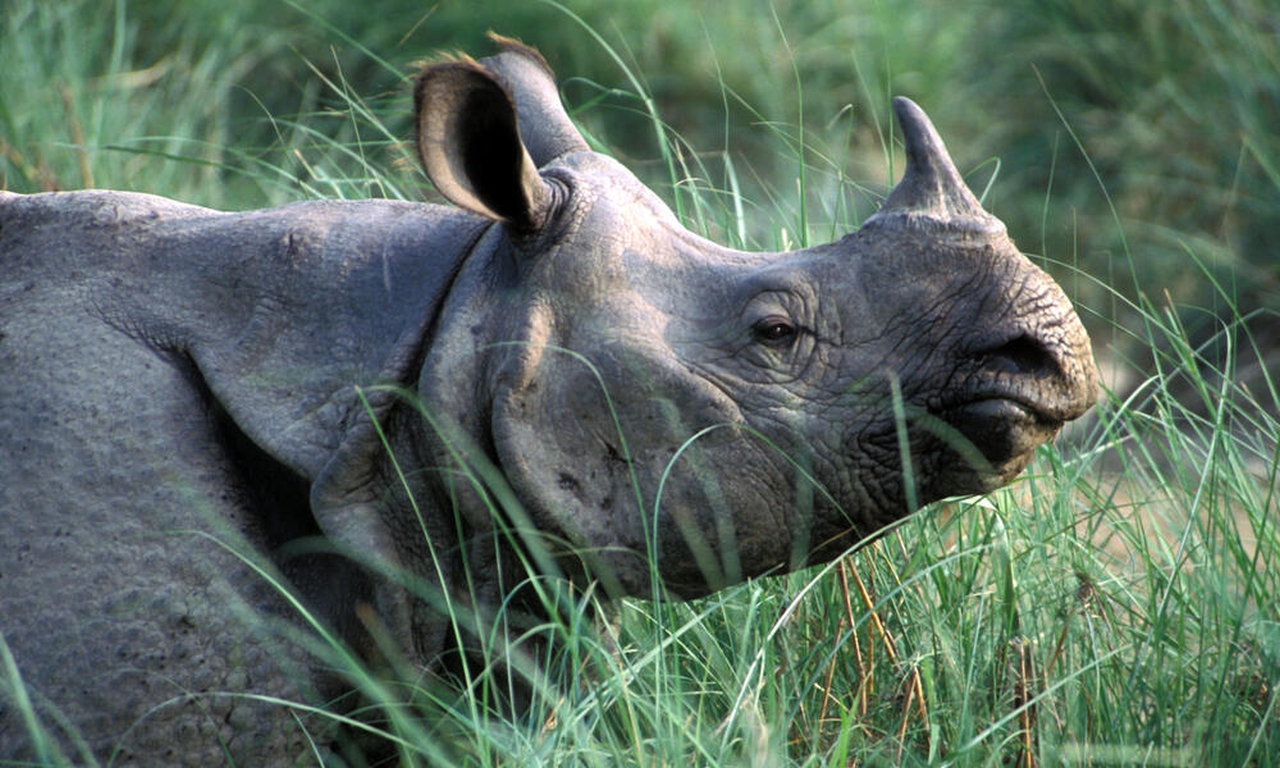
Image: Jeff Foott/WWF
According to the special director general of police, G P Singh, Sarma’s primary focus has been on zero tolerance against rhino poaching ever since he took office in May 2021. Under Singh’s leadership, a special task force against poaching was formed in June 2021. It consisted of 22 senior police and forest department personnel including chief wildlife warden MK Yadava. This task force coordinated the fight against poachers, which has worked brilliantly.
The task force worked on a database of earlier incidents of poaching with specifics of when, how, and where they happened. This move helped the officials to pinpoint all entry and exit areas poachers used to enter rhino habitats in the states. Locals, especially boatmen, near the national parks and wildlife sanctuary were taken into confidence, who helped with surveillance.
Singh said;
Watch towers with CCTV cameras were erected at specific locations and armed commandos from police and forest department were equipped with sophisticated arms, wireless sets, drones and night vision cameras…Rhinos were also killed during the monsoon when flooding in Kaziranga forced the animals to move to higher grounds. Such rhinos were treated like VVIPs and were tracked and protected till they returned to the park…If we continue with this pressure, rhino poaching will stop completely. For this, the cost to poachers has to be higher than the profit they earn.
With synchronized patrolling efforts, the task force managed to apprehend all criminals involved and seized weapons from them. In 2022, nearly 60 people mixed up in rhino poaching were detained while four were killed in police action.
The anti-poaching efforts have gained so much intensity that 1,400 people are involved in preventing poaching in Kaziranga, 200 in Manas, 150 in Orang, and around 70 in Pobitora. Yadava mentioned that increased intelligence and improved coordination between personnel has resulted in positive outcome more than anything else.
Via: Hindustan Times
